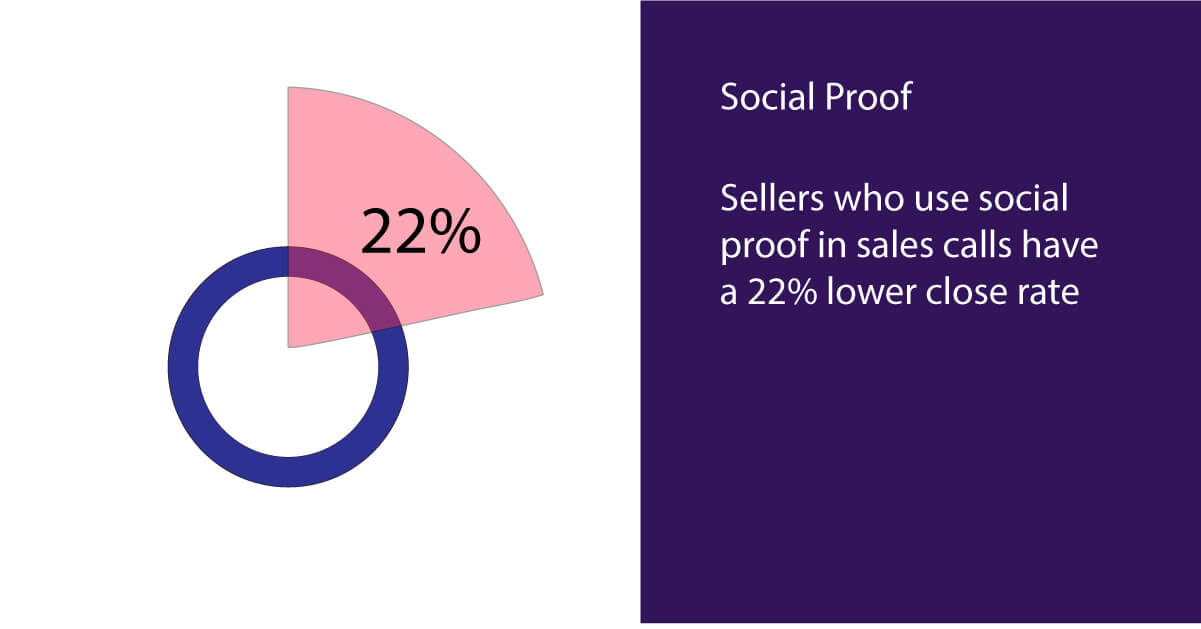Laura Palmer: How to win deals with social proof
How do you win as the underdog?
Does social proof work?
What should you focus on during challenging times?
On a recent episode of the Reveal podcast, we connected with Laura Palmer, VP Sales at Unity Technologies, for answers to these and other questions that are top of mind for revenue leaders.
Key Points to Remember
- Underdogs can’t outspend the competition. They need to outsmart them.
- Social proof only works if it draws your buyer into a group you’re describing.
- Keep focusing on helping your customers solve challenges.
- Look at both the macro and micro level data. Team and individual performance.
- If you focus on helping people solve problems, you’re doing things right.
Winning Deals as an Underdog
You cannot out-market. You will not outspend. You’ve got to be smarter than the competition. And I believe the way you do that is really listening to what’s going on with your customer, and finding a way in which your product or service adds really unique value to what your customer’s struggling with.
So I think that’s how you win as an underdog. You find something unique that you bring to the table. You really listen to your customer, and that’s how you begin to earn their trust—which is really important when you’re an underdog. It’s always easier to go with the big guys. But ultimately, people like to work with people they trust, people they feel have their back.
I spent time at a company called Evolve Software. It was the number-one question we got asked: “How do we know you’re going to be around?”
And I remember when I landed at HP, I didn’t get asked that question anymore. I was like, “Thank God!” That’s a hard question to answer.
I don’t have a quick, fast tip to help get through that. One of the beliefs that I do have is that leveraging existing customers to help sell for you is very effective. People don’t want to be the first. And oftentimes when you’re a startup, people are fearing that they are the first.
So if you have other customers that are in your ecosystem, take really good care of them and leverage them as appropriate to help you sell and help build that confidence. I think that’s one of the ways you can get over that.
At Google, we brought those references in really early in the sales cycle. We said, “I’d like you to talk to your peer over at company XYZ. And I’d like you to do it now because I think it would be really valuable for you to understand how they went through this entire process with us. And I don’t believe it’s a one-time conversation. I actually think as we go through this, you’re going to want to reference and talk to that individual multiple times.”
So starting that early and positioning it as a relationship. It’s not the reference call you do right before you make the purchase. That’s the little nuance that I think made a huge difference for us.
I do believe that there are industry leaders that like to do it. It helps them stay on the forefront in their industry as well. So that’s important to recognize.
Remember, if somebody is an early adopter of your product, they’ve made an investment, they’ve taken a risk in going with you. The best way for them to mitigate that risk is to have other customers come on board.
[The advice] I give all new managers on my team is, “You’ve got to learn to step back.” And it’s really hard, especially if you’ve been really successful in sales. It’s very easy to continue to step in and either save somebody, or move somebody to the side because you feel like you can get it done more effectively. And you can’t do that.
Data Breakout—Social Proof
Laura’s take on using social proof was too good to not dive into. For this Data Breakout, we’ll share some Gong Labs data that we’ve learned about using social proof in sales.
A little background on the data itself: We analyzed 46,006 B2B sales deals and the web conferencing meetings within them, all captured in Gong’s Revenue Intelligence platform. And we specifically looked at how social proof is used, and its impact on close rates.
The results are surprising: Sellers who use social proof techniques in their sales calls have a 22% lower close rate.
But social proof is a tried and true tactic, so what gives? It’s pretty simple. Social proof is spectacularly misapplied in sales. It only works if it draws your buyer into a group you’re describing (i.e., your clients). For example, if you’re selling to an SMB company, you don’t want to list Google, Facebook, and Amazon as your clients.
That’s because your buyer hears this and thinks, “This product is for people like that, but I’m like this. This isn’t for me.” And so what you’ve done is actually alienated your buyer and pushed them away from your solution. That’s why social proof often backfires.

Adapting to a Tough Environment
[We’re focused on] really ensuring that we’re building pipeline. So that later in the year when things begin to come back to whatever this “new normal” will be, that we’ve established relationships with our customers. That we’ve identified pain points and how Unity brings unique value to solving those pain points. I’m really proud of the work my team has done on that.
The second thing we did is, I asked the team to go and just call their customers. Call every customer they were assigned and just check in. And I feel grateful to be at a company where that check in is genuine. We had a specific set of questions we were asking to try and identify some trends of what people were going through.
I think it made a huge impact on just ensuring that we were still clearly helping customers solve challenges, which is a big deal to us.
I’m kind of calling this my “safety” quarter. If I can deliver on this quarter, I can help people feel safe. And I feel like that’s the best thing as a leader I can do right now.
Leveraging the Data
I’ve been in organizations where one person—or a small subset of people—are knocking it out of the park. And everybody’s celebrating, and life is grand. It’s fine. But it’s not going to tell you what you actually need to do within your organization to get better.
So understanding things at both the macro but also the micro level, individual rep by rep. Who’s hitting, who’s not? Why is that? What can we do to make this better?
So any metric that will help me draw those conclusions is something that I take time to look at as well.
Be yourself and push your ego to the side. My theme for this year is seek first to understand. Really just listen. And try to take in what people are telling you.
Be a Problem Solver
As an individual contributor—or no matter what role you’re in—if you focus on helping people solve problems, you’re doing things right. And if you’re a leader, that problem solving is going to extend to all the things that go on internally inside the company. If you keep a focus on always coming at it from a problem solving mindset, whether it’s with your customer or internal, you’ll be in really good shape.
Subscribe to Reveal: The Revenue Intelligence Podcast
Every week, we interview senior revenue professionals who share their insights on how they leverage revenue intelligence to drive success and win their market.
You’ll hear how modern go-to-market teams win, close revenue with critical deal insight, and execute their strategic initiatives—plus all the challenges that come along with it.
Listen now at gong.io/podcasts.
